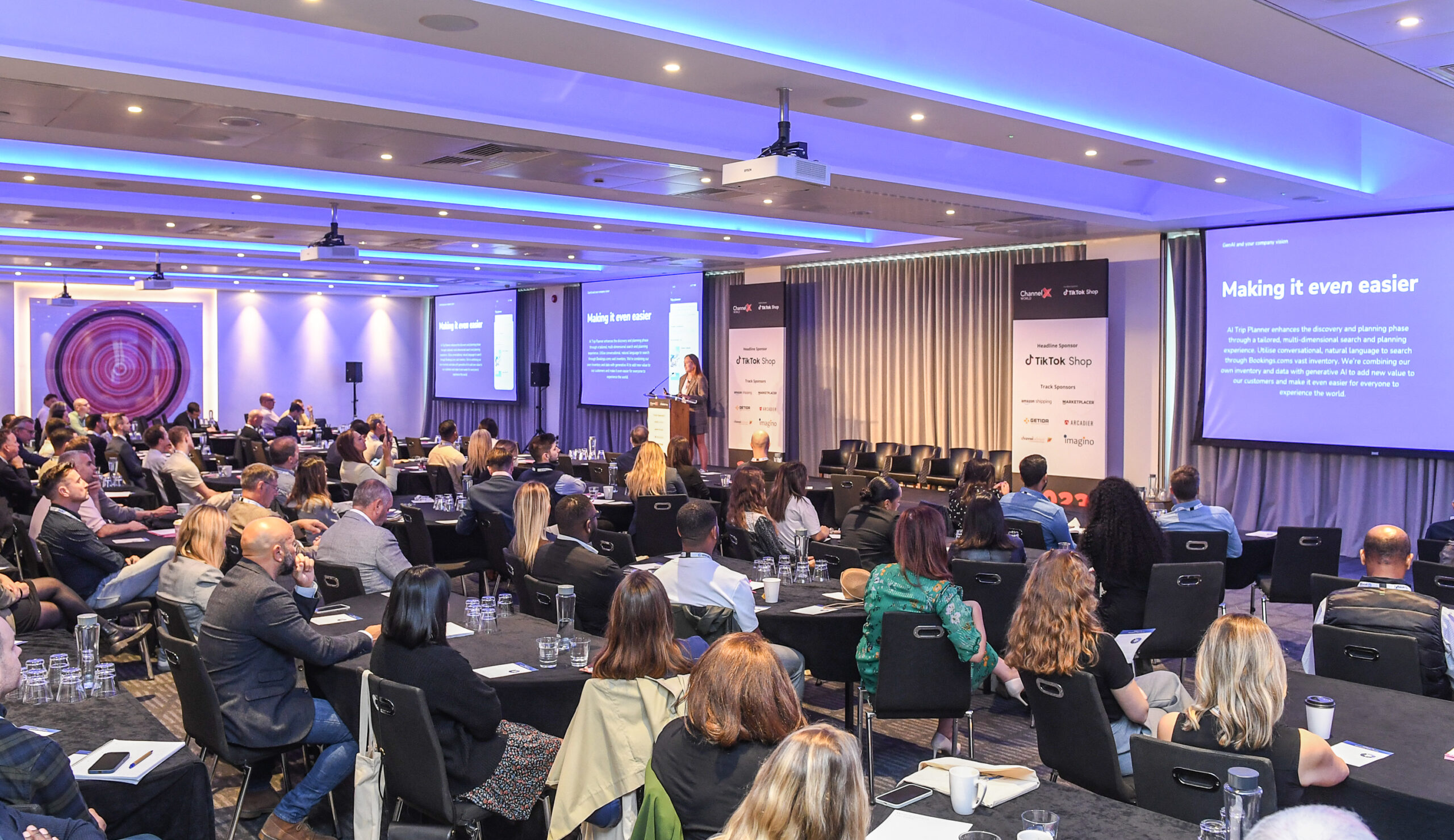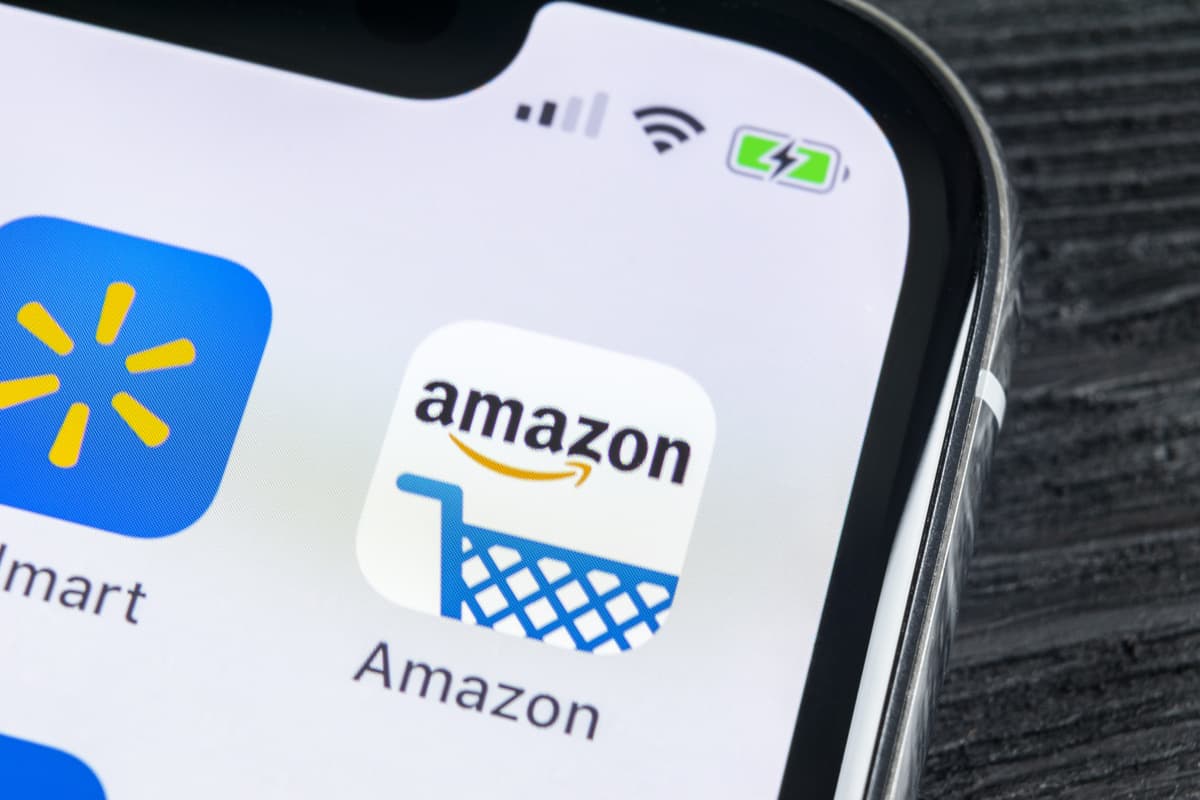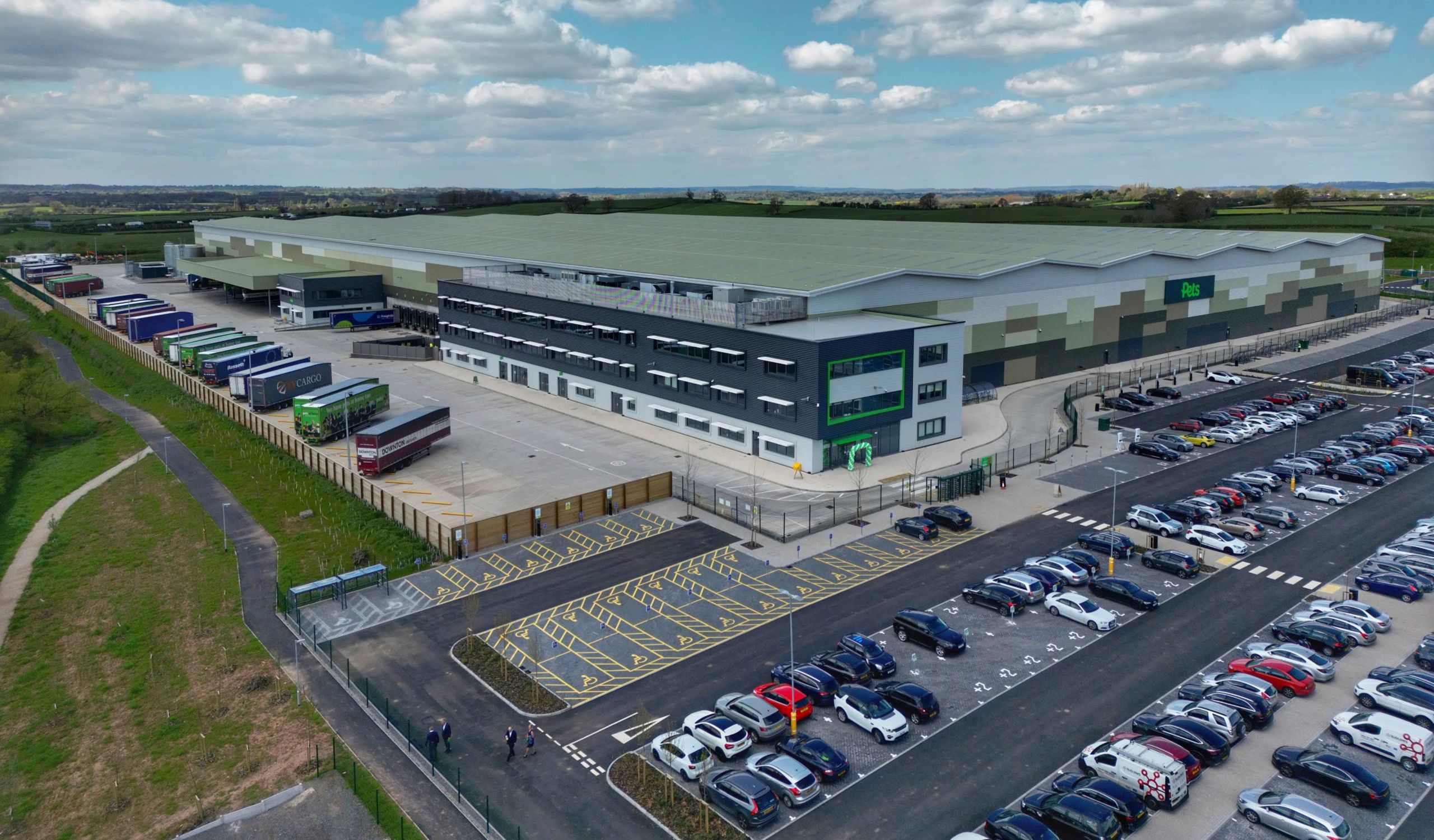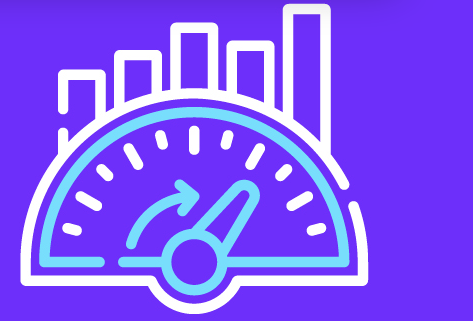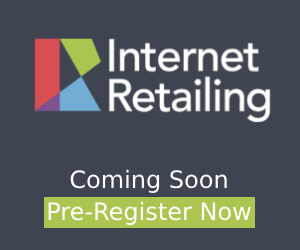Parcelly claims to be reinventing the way people receive, send and return parcels and its  award-winning year last year suggests it’s doing something right. We interview the company’s CEO & founder Sebastian Steinhauser to find out more:
award-winning year last year suggests it’s doing something right. We interview the company’s CEO & founder Sebastian Steinhauser to find out more:
2016 was a year of awards for Parcelly – what is it that is making the company stand out from the norm?
“I founded the business with the aim of disrupting the last mile logistics sector, and since the company inception in April 2014 Parcelly has been recognised as a serious player in the industry. By prioritising customer convenience and putting control back in the hands of consumers, our smartphone-based click&collect solution combines seamless last-mile delivery with the sharing economy concept.
Our open loop technology marks a real industry first. Rather than consumers being bound to locations dictated by the online retailer and associated courier or shipper, our solution is truly agnostic, whereby our network of 900+ click&collect locations can be used with any online retailer or carrier worldwide.”
What was the gap you identified in the market and how did you go about filling it?
“Since moving to the UK in 2008 for a career in investment banking, I experienced challenges when receiving personal parcel deliveries and decided to become part of the solution.
Although there were numerous companies offering last-mile solutions such as click&collect services, there was no agnostic system which would offer consumers the choice and control where and when they would wish to receive ALL their parcel deliveries. Seeing a significant gap in the market, I conducted industry research, gathered a fantastic team of highly experienced ‘parcel enthusiasts’ around me, resigned from my job and initially funded and launched Parcelly.”
What’s your background in the industry and how did you identify the market gap?
“Having worked as an investment banker in the city, long unsociable hours in the office meant I relied almost exclusively on e-commerce for my shopping needs. Frequently facing the hassle of missed deliveries, I found myself wasting hours with phone calls to reschedule these, only to then being forced to collect my online orders from remote and often changing delivery depots.
I also relied on my next door dry cleaners who kindly kept accepting my parcels, calling out to me as I walked past. With a predominant gap in the market to improve the last mile delivery system, this friendly community service further prompted my business idea for Parcelly.
I decided to create a company that would not only eliminate failed deliveries, but also turn online shoppers back into high street footfall and deepen a sense of local community. By donating 5% of each Parcelly transaction to offset carbon footprint, my vision was to revive local highstreets and trigger environmental benefits all through one business model with an app technology solution at its heart.”
How do you see your services developing further?
“Our ability to provide ultimate consumer control by being both online retailer and carrier agnostic, while converting redundant space in local businesses and private homes into storage capacity for parcels, allows Parcelly to operate hub locations for more than just last-mile deliveries.
The launch of our Parcelly Agent model in July 2016 provides an additional layer of convenience for our users. Designed primarily for rather rural areas with no local parcel collection points, the Parcelly Agent service is aimed at trusted neighbours who are already accepting parcels on a regular basis or would like to start supporting their local community, making missed parcel deliveries a thing of the past.
Further extensions of our service proposition will, for example, be providing refrigerated spaces for perishable goods and large storage facilities for oversized deliveries in convenient locations. Over the upcoming months we will offer numerous additional applications such as parcel returns, delivery agnostics, international shipping and more.”
What’s in the pipeline for 2017 and beyond?
“Over the coming months we aim to scale the number of eCommerce and Online retail partners into the hundreds, which is facilitated through a number of smart and bespoke API’s. Our platform will also be expanded further and our location network diversified to offer consumers the entire range of first- and last-mile services. We will also expand internationally after opening our first pilot location in Denver, Colorado last summer and entered the Spanish market this year with a first click&collect location in the Canary Islands, Fuerteventura.”
Why does the market need to change?
“Click&collect is expected to continue to grow by 10.2% each year and to reach a market value of more than £4bn by 2018 in the UK alone. Given the immense potential for efficiency and consumer convenience, click&collect could well become the preeminent method of parcel delivery in the near future, since online shoppers ask for alternative, flexible and more convenient delivery options which blend seamlessly into their personal lifestyles.
Our open loop click&collect technology provides significant advantages not only for online retailers and delivery companies by reducing the number of driver destinations as well as parcels that require multiple delivery attempts, but also for logistic companies along the entire supply chain by raising efficiency levels through optimised delivery routes, consolidated parcel deliveries, ‘micro-warehousing’ solutions and much more.”
How big a part is consumer expectation in the current need for change?
“We have all experienced it, failed delivery slips, lunchtime queues and agreements with neighbours or our corporate mailroom to sign for packages. This has a major impact as 59% of consumers are less likely or unlikely to order from a retailer again if they have faced difficulties with the delivery of their online purchases.
Our solution puts online shoppers in full control of the last mile, enabling them to collect parcels from one of 900+ locations of their choice, at a time most convenient for them.”
Sebastian Steinhauser is CEO and founder of Parcelly
Image credits: Parcelly

